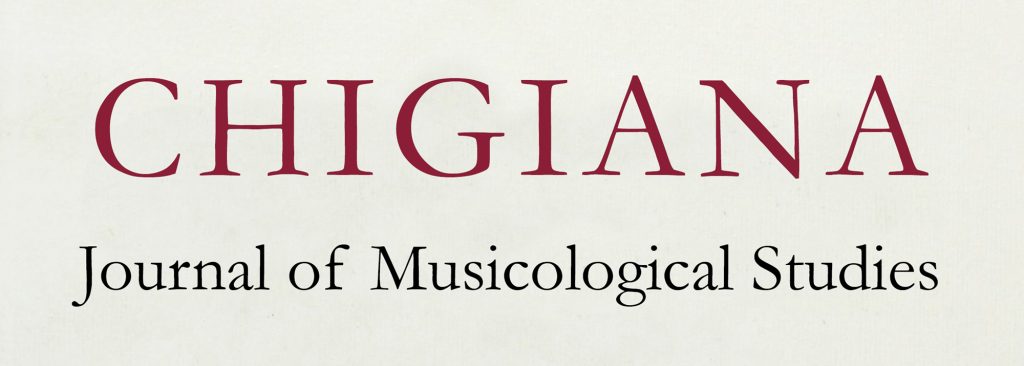
Listening and Looking in the Age of Sound Art: Notes on History, Theory, Practice, and Reception
Leslie Korrick (School of the Arts, Media, Performance & Design, York University, Toronto)
Since the later nineteenth century, there has been an ongoing intensification of interest in articulating connections between music and the visual arts, especially within the Western tradition. More recently, this has led to the development of various interarts methodologies through which such connections may be critically assessed and problematized. This essay considers the place of sound art (a broad and amorphous set of interdisciplinary practices that emerged during the latter half of the twentieth century) within this framework and identifies it as another site on which music and the visual arts have profitably come together. Beginning with the premise that sound is an autonomous medium that is not owned by any one discipline and thus overrides the borders drawn around disciplines with relative ease, the essay explores the following questions: What are sound art’s relationships to music and the visual arts, both historically and in the present? What does sound art offer as a productive category of practice between, across, and beyond these two disciplines that other categories of practice do not? Put another way, what value does it have in thinking through the merging of the aural and the visual in contemporary art and life? And when it comes to reception, how has sound art adjusted and perhaps even heightened the experience of listening to music (among other sounds) within the spatio-temporal field? In this context, the essay addresses three overlapping modes of what is here called visually inflected listening.
A partire dalla fine del XIX secolo, le relazioni fra musica e arti visive sono diventate oggetto di crescente attenzione, soprattutto nella tradizione occidentale. In epoche più recenti, questo ha portato allo sviluppo di varie metodologie interartistiche volte a valorizzare, e al tempo stesso a problematizzare criticamente, queste relazioni. Questo saggio interpreta la sound art, intesa come un ampio e articolato insieme di pratiche interdisciplinari che si sono sviluppate nell’ ultima parte del ventesimo secolo, come un’esperienza in cui musica e arti visive convivono proficuamente insieme. Partendo dal presupposto che il suono è un medium autonomo, di cui nessuna disciplina detiene il possesso esclusivo e che quindi va al di là dei confini disciplinari, il saggio cerca di dare risposta alle seguenti domande: quali sono i legami della sound art con la musica e le arti visive, in prospettiva storica e nell’attualità? In che misura questa categoria può stimolare pratiche che attraversano, incrociano e superano i confini tra le varie discipline? E come può aiutarci a interpretare il connubio tra sonoro e visivo che pervade l’arte e la vita contemporanea? E nella prospettiva della ricezione, in che modo la sound art ha contribuito a rimodellare, e forse anche a intensificare, l’esperienza dell’ascolto all’interno del campo spazio/temporale? Nell’affrontare questi temi, il saggio propone e analizza tre diverse modalità di ciò può essere definito come ‘ascolto visivamente influenzato’.
